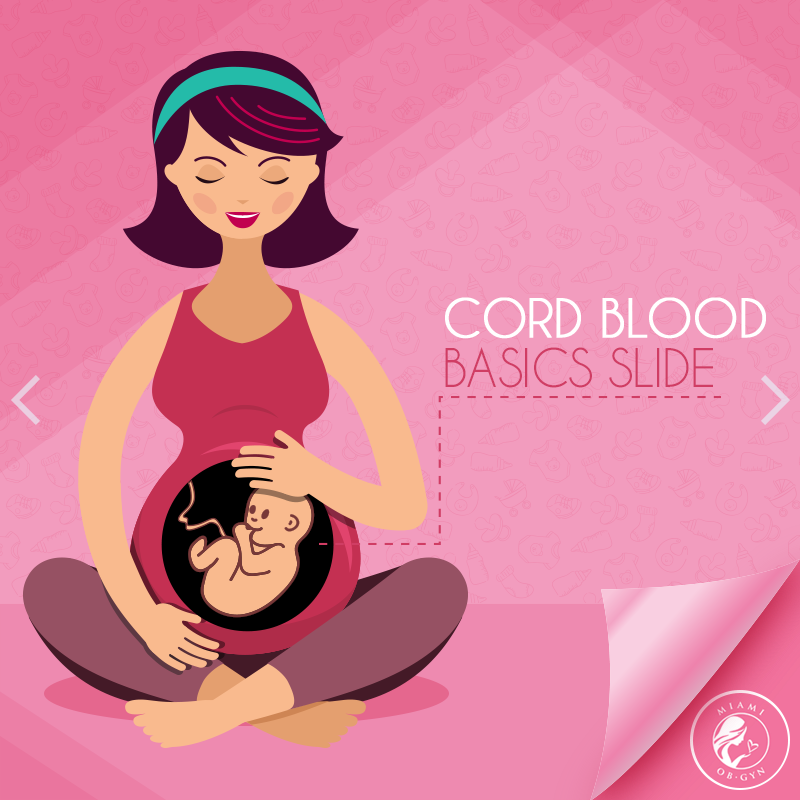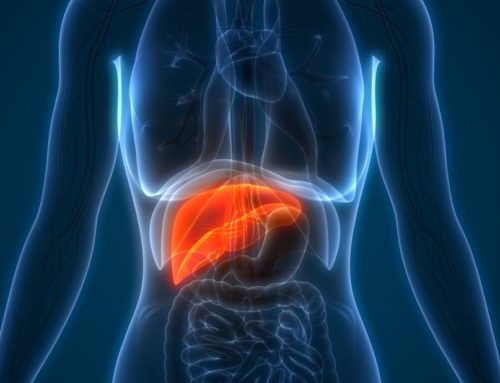What is cord blood?
Cord blood is the blood in your baby’s umbilical cord. It contains stem cells that can grow into blood vessels, organs, and tissues.
Cord blood stem cells are the subject of FDA-regulated clinical trials exploring their suitability for helping those with autism, brain injury, and other conditions. These specialized cells are already used to treat dozens of diseases.
Your baby’s cord blood can be collected at birth and stored for future use.
What is cord blood banking?
Cord blood banking involves collecting blood left in your newborn’s umbilical cord and placenta and storing it for future medical use. Cord blood contains potentially lifesaving cells called stem cells. (The stem cells in cord blood are different from embryonic stem cells.)
For cord blood storage, you have two main options:
You can donate your baby’s cord blood to a public cord blood bank for anyone who needs it.
You can pay to store your baby’s cord blood in a private cord blood bank for your family’s use.
How is cord blood collected?
Cord blood is collected right after birth. The collection process is painless and safe for you and your baby, and it doesn’t interfere in any way with your labor or delivery. In fact, it’s so quick and painless that parents – caught up in holding and bonding with their new baby – are often unaware it has even happened.
What are the benefits of cord blood banking?
Cord blood is a rich source of blood stem cells. Stem cells are the building blocks of the blood and immune system. They have the ability to develop into other types of cells, so they can help repair tissues, organs, and blood vessels and can be used to treat a host of diseases.
Stem cells are also found in bone marrow, human embryos, fetal tissue, hair follicles, baby teeth, fat, circulating blood, and muscle. Every part of the human body contains some stem cells, but most are not a rich enough source to be harvested for therapeutic applications.
In patients with conditions like leukemia, for instance, chemotherapy is often used to rid their body of diseased cells so that normal blood cell production can be restored. Once that happens, the disease goes into remission.
If the treatment fails or disease recurs, however, doctors often do a stem cell transplant. A transfusion of stem cells from the bone marrow, peripheral blood (blood in the bloodstream), or cord blood from a healthy donor can help create a new blood and immune system, giving the patient a better chance of making a full recovery.
Unlike the stem cells in bone marrow or peripheral blood, stem cells in cord blood are immature and haven’t yet learned how to attack foreign substances. It’s easier to match transplant patients with cord blood than with other sources of stem cells because the cord blood stem cells are less likely to reject the transfusion.
This makes cord blood an even more valuable resource for ethnic minorities, who have a harder time finding stem cell matches in the registry of adult bone marrow donors. In 2016, 28 percent of patients who identify as Hispanic and 33 percent of patients who identify as African American undergoing stem cell transplants received cord blood.
More and more adults are receiving cord blood transplants, too, sometimes involving two cord blood donations if a single one doesn’t contain enough cells.
Each year, more than 2,000 cord blood stem cell transplants are performed worldwide.
Source: Baby Center





